Year 1
The English curriculum is built around the three interrelated strands of language, literature and literacy. Teaching and learning programs should balance and integrate all three strands. Together, the strands focus on developing students' knowledge, understanding and skills in listening, reading, viewing, speaking, writing and creating. Learning in English builds on concepts, skills and processes developed in earlier years, and teachers will revisit and strengthen these as needed.
In Year 1, students communicate with peers, teachers, known adults and students from other classes.
Students engage with a variety of texts for enjoyment. They listen to, read, view and interpret spoken, written and multimodal texts designed to entertain and inform. These encompass traditional oral texts including Aboriginal stories, picture books, various types of stories, rhyming verse, poetry, non-fiction, film, dramatic performances and texts used by students as models for constructing their own texts.
The range of literary texts for Foundation to Year 10 comprises Australian literature, including the oral narrative traditions of Aboriginal and Torres Strait Islander Peoples, as well as the contemporary literature of these two cultural groups, and classic and contemporary world literature, including texts from and about Asia. Literary texts that support and extend Year 1 students as independent readers involve straightforward sequences of events and everyday happenings with recognisably realistic or imaginary characters. Informative texts present a small amount of new content about familiar topics of interest and topics being studied in other areas of the curriculum. These include decodable and predictable texts which present a small range of language features, including simple and compound sentences, some unfamiliar vocabulary, a small number of high-frequency words and words that need to be decoded phonically, as well as illustrations and diagrams that support the printed text.
Students create a variety of imaginative, informative and persuasive texts including recounts, procedures, performances, literary retellings and poetry.
(source: www.australiancurriculum.edu.au)
Achievement Standard
Receptive modes (listening, reading and viewing)
By the end of Year 1, students understand the different purposes of texts. They make connections to personal experience when explaining characters and main events in short texts. They identify that texts serve different purposes and that this affects how they are organised. They describe characters, settings and events in different types of literature.
Students read aloud, with developing fluency. They read short texts with some unfamiliar vocabulary, simple and compound sentences and supportive images. When reading, they use knowledge of the relationship between sounds and letters, high-frequency words, sentence boundary punctuation and directionality to make meaning. They recall key ideas and recognise literal and implied meaning in texts. They listen to others when taking part in conversations, using appropriate language features and interaction skills.
Productive modes (speaking, writing and creating)
Students understand how characters in texts are developed and give reasons for personal preferences. They create texts that show understanding of the connection between writing, speech and images.
They create short texts for a small range of purposes. They interact in pair, group and class discussions, taking turns when responding. They make short presentations on familiar topics. When writing, students provide details about ideas or events, and details about the participants in those events. They accurately spell high-frequency words and words with regular spelling patterns. They use capital letters and full stops and form all upper- and lower-case letters correctly.
(source: www.australiancurriculum.edu.au)
- Plus Plan
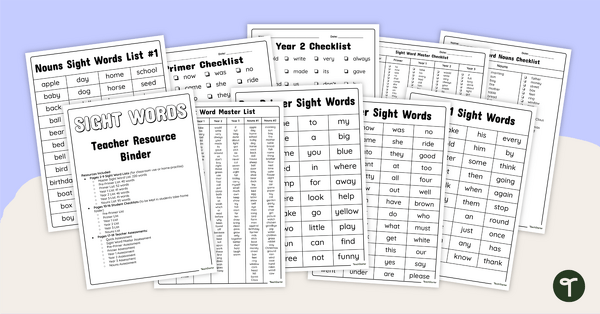
Sight Word Lists – Teacher Resource Binder
Use this collection of checklists, student pages and quick-check assessments when reviewing Dolch sight words spanning from pre-primer to year 3.
- Plus Plan
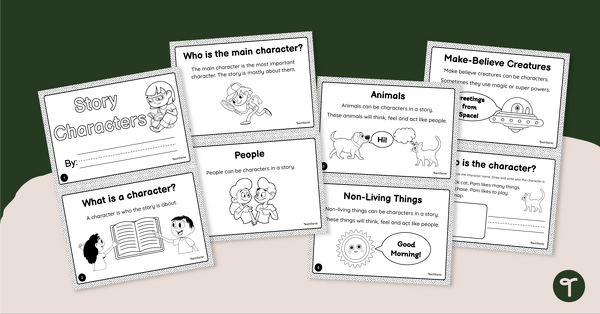
Story Characters - Mini Book
Teach your little learners about the various types of story characters with this fun-sized mini-book.
- Plus Plan
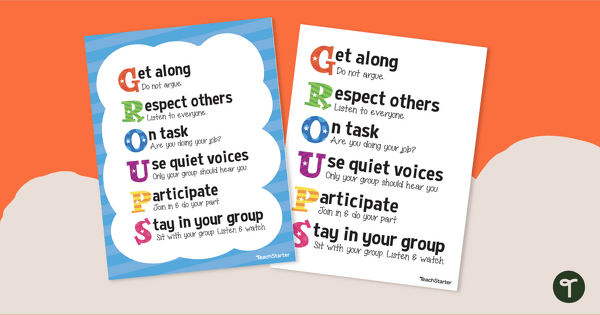
G.R.O.U.P.S - Group Work Expectations Poster
Encourage cooperative behaviour during group work activities with a printable group work mnemonic poster.
- Plus Plan
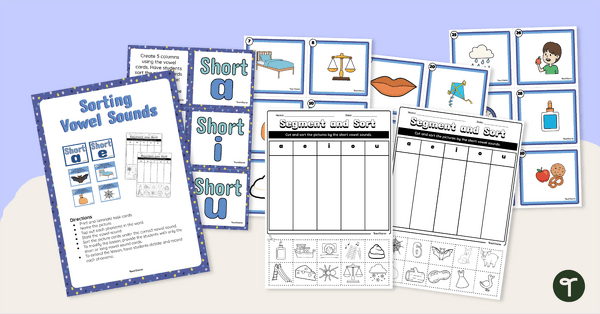
Short and Long Vowels Activity Pack
Segment and sort these words into their short or long vowel sounds.
- Plus Plan
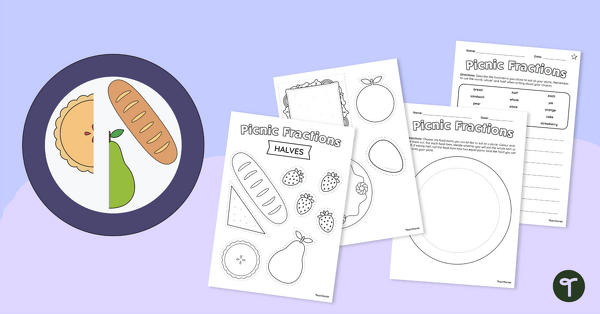
Picnic Fractions Worksheet (Halves)
An activity for students to use when learning about halves.
- Plus Plan
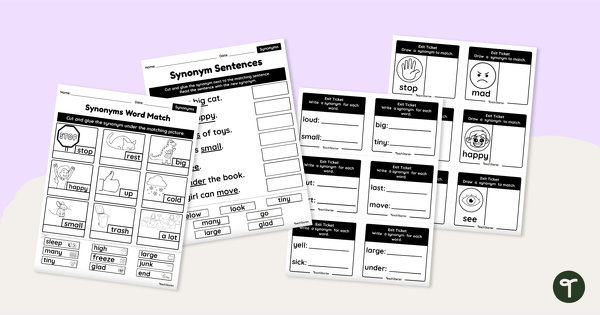
Synonyms Worksheets - Year 1
Practise identifying and using synonyms with a set of four synonym worksheets for Year 1 students.
- Plus Plan
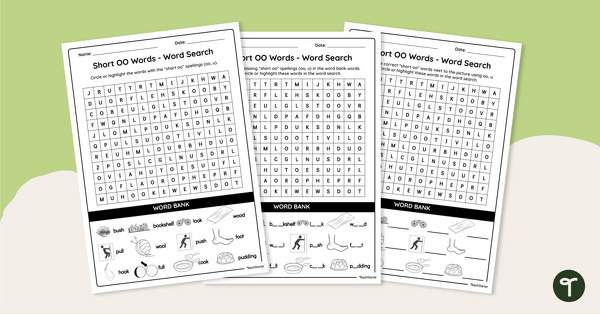
Short OO Words - Word Search
Explore words containing some of the most common ‘short oo’ graphemes with this set of differentiated word searches.
- Plus Plan
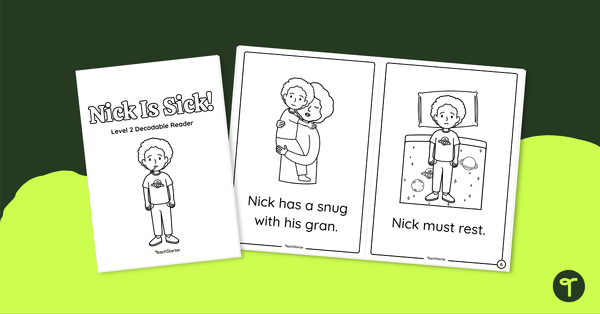
Nick Is Sick! - Decodable Reader (Level 2)
Develop confident, successful readers with this phonics-based, printable decodable book.
- Plus Plan
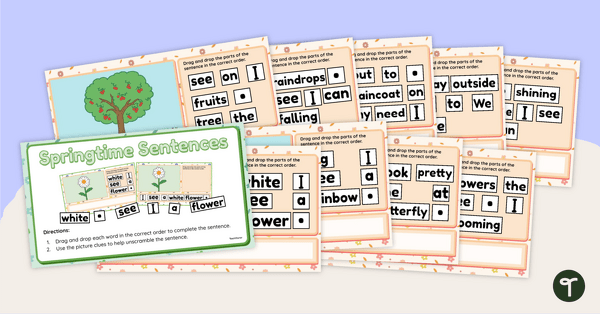
Springtime Sentence Building - Interactive Activity
Build a strong sentence-writing foundation with this interactive spring-themed sentence building activity.
- Plus Plan
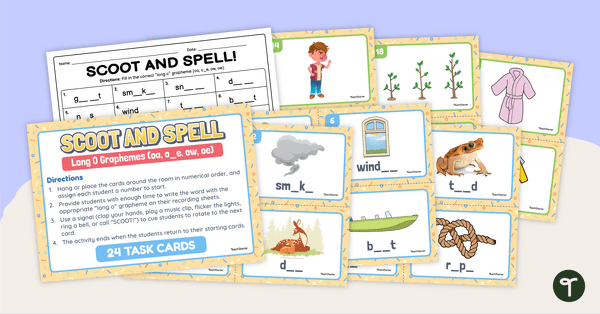
Long O Graphemes - SCOOT! Task Cards
Explore words containing graphemes that make the ‘long o’ sound with this active classroom game that will get your students moving!
- Free Plan
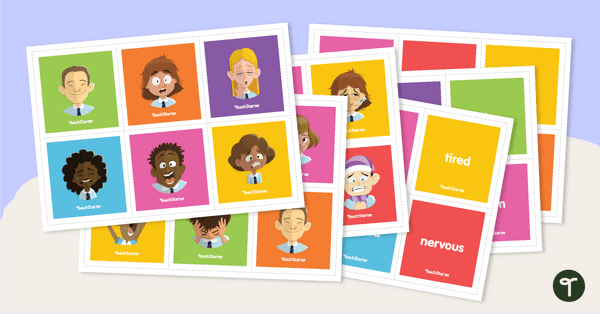
Feelings and Emotions Match-Up Activity
Help students to recognise and identify their feelings and emotions with this interactive match-up activity.
- Free Plan
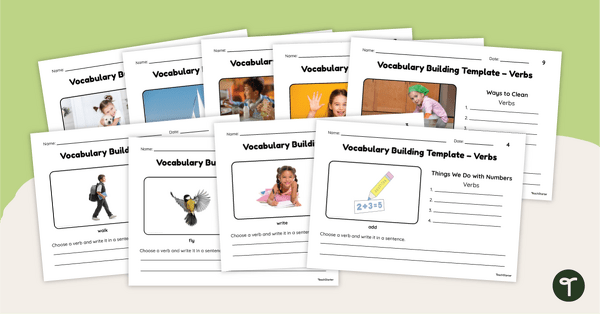
Vocabulary Building Template – Verbs
Expand verb vocabulary with this open-ended task.
- Plus Plan

It's Time to Rhyme! Worksheet
Practise identifying and producing rhyming sets with this worksheet.
- Plus Plan
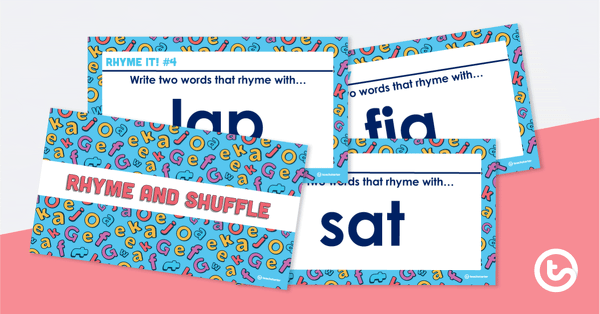
Rhyme and Shuffle – PowerPoint Game
An active PowerPoint game to practise producing rhyming words.
- Free Plan
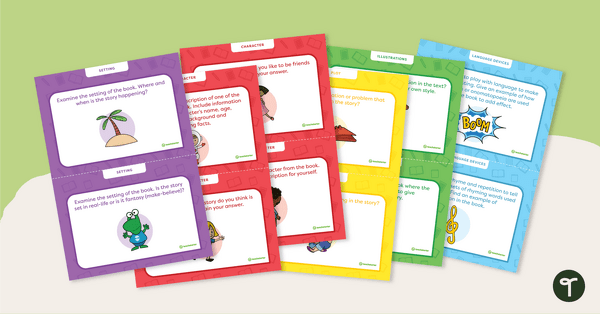
Literature Study Task Cards (Lower Primary)
Explore the wonders of children's literature with this set of 12 literature study task cards for lower primary students.
- Plus Plan
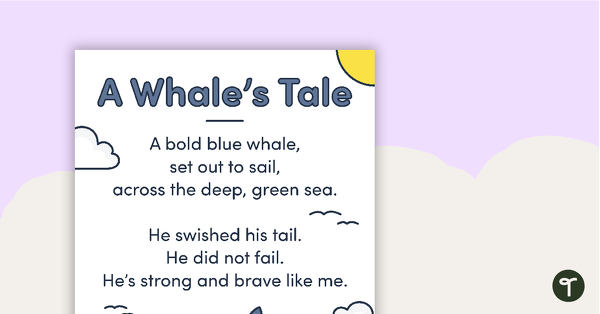
A Whale's Tale - Simple Rhyming Poetry Poster
A simple rhyming poem perfect for developing a love of reading and writing poetry.
- Plus Plan
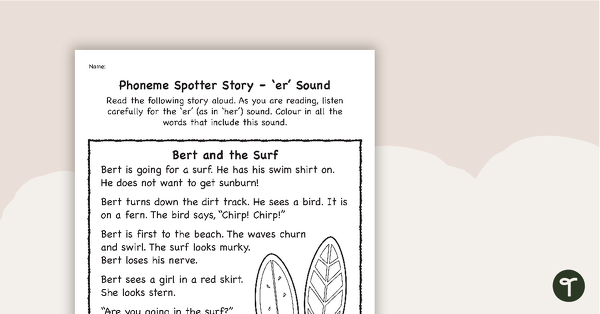
Phoneme Spotter Story – 'er' Sound
A decodable text featuring various graphemes that make the ‘er’ sound.
- Free Plan

Statement, Question, Command, Explanation – Match Up Cards
A set of 32 match up cards to use when teaching younger students about the four types of sentences.
- Free Plan
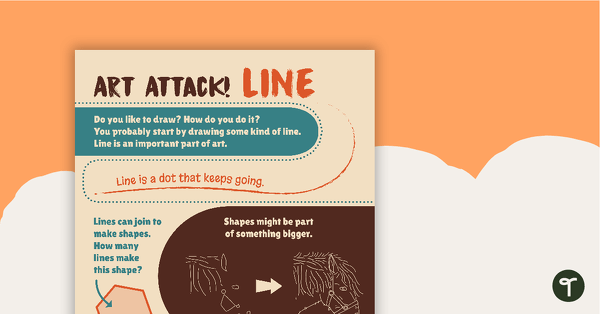
Art Attack! Line – Worksheet
A comprehension worksheet for a magazine article from the Year 1 magazine (Issue 3).
- Plus Plan
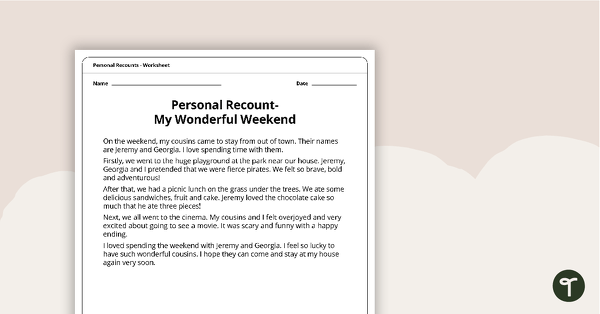
Personal Recounts Worksheet - My Wonderful Weekend
A simple text and worksheet to use when exploring personal recounts.
- Plus Plan
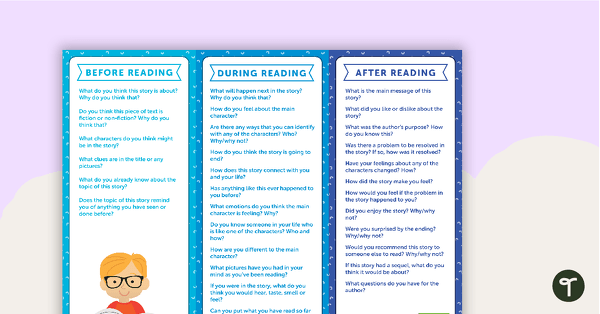
Before, During and After Reading Fiction - Question Prompts
Question prompts and a worksheet to use when asking questions before, during and after reading.
- Plus Plan
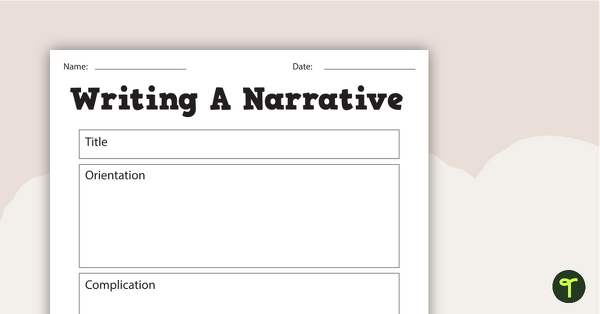
Fairy Tales Narrative Writing Pack
A fairy tale themed narrative writing teaching pack containing 8 worksheets and posters.
- Plus Plan
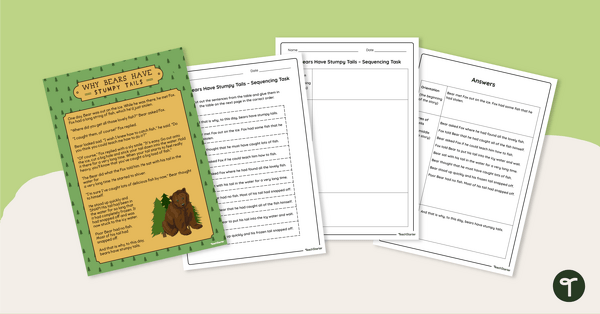
Why Bears Have Stumpy Tails – Sequencing Worksheet
Identify the story beginning, series of events and ending with this narrative text sequencing activity.
- Plus Plan
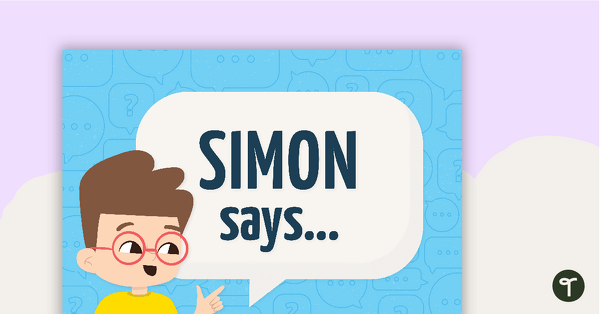
"Simon Says" Instruction Cards
A set of 24 instruction cards to use when playing "Simon Says".
- Plus Plan
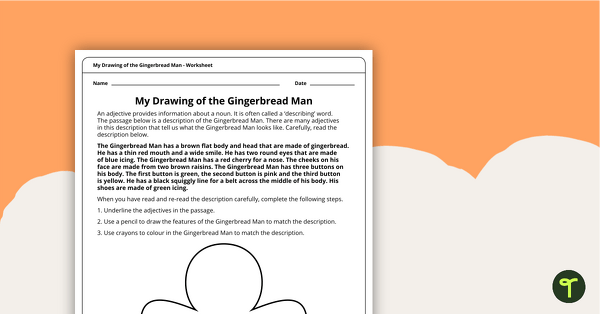
My Drawing of the Gingerbread Man Worksheet
An engaging worksheet in the theme of the Gingerbread Man that explores the use of adjectives through drawing.
- Plus Plan
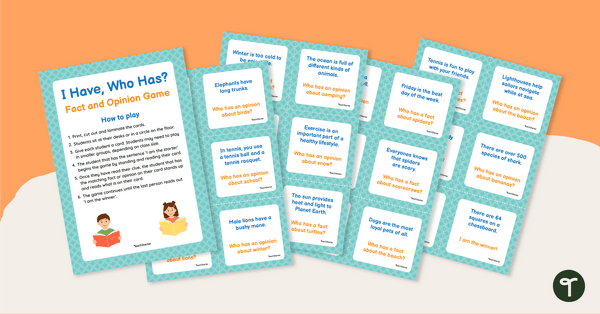
I Have, Who Has? Fact and Opinion Game
A whole class game to help students understand the difference between a fact and an opinion.
- Plus Plan
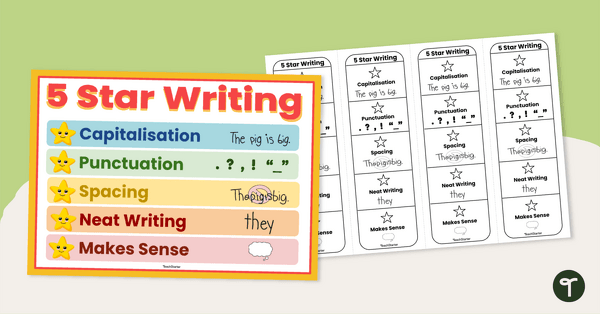
5 Star Writing Poster and Bookmark Set
Share this 5 star writing poster and bookmark set with your students to remind them how to be "star" writers.
- Plus Plan
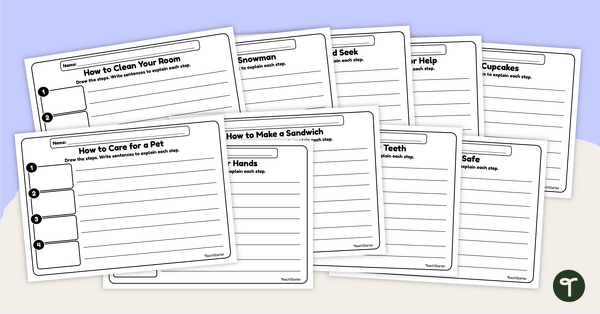
"How To" Procedural Writing Prompt Worksheets
Help your little learners write a procedural text using these handy "How to" writing prompt worksheets.
- Plus Plan
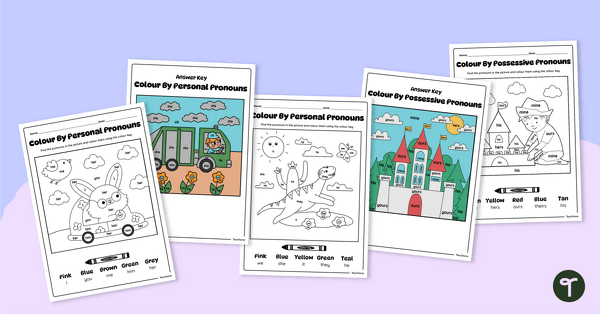
Colour by Pronouns Worksheet Pack
Use this set of colour-by-pronouns worksheets to help your students learn these important parts of speech.
- Plus Plan
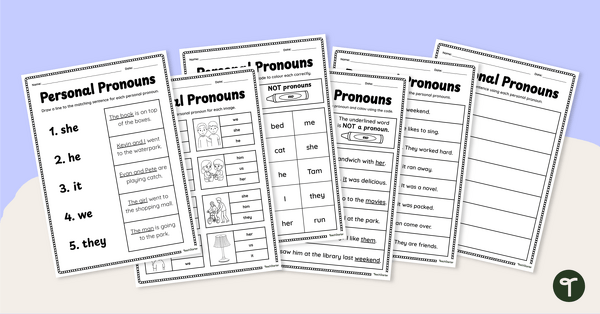
Personal Pronouns Worksheet Pack
Use these personal pronouns worksheets to get your students identifying and using these essential parts of speech.
- Plus Plan
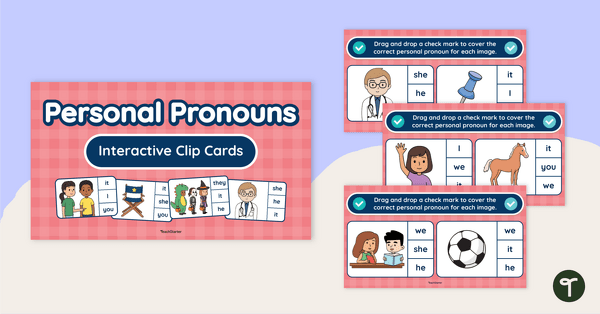
Personal Pronouns Interactive Peg Cards
Do some pronouns practice with your students using this set of 24 digital peg cards.
- Plus Plan
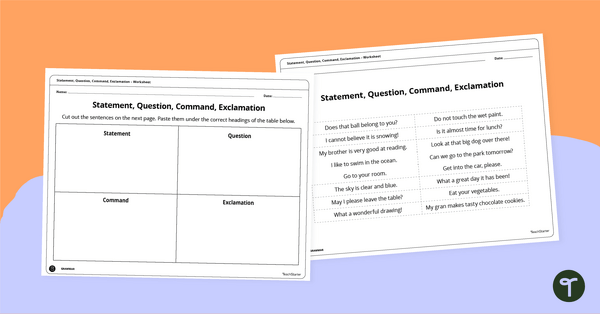
Statement, Question, Command, Exclamation – Cut and Paste Worksheet
Identify statement, command, question, and exclamation sentences with a Types of Sentences Cut and Paste worksheet for Year 2.